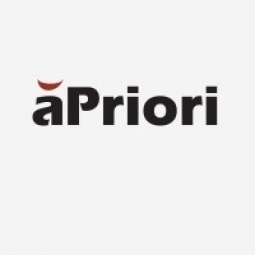aPriori
Case Studies
Signify's Digital Transformation in Procurement with aPriori
Overview
 |
Signify's Digital Transformation in Procurement with aPrioriaPriori |
Analytics & Modeling - Digital Twin / Simulation Sensors - Optical Sensors | |
Oil & Gas | |
Procurement Product Research & Development | |
Manufacturing Process Simulation Smart Lighting | |
Operational Impact
| Signify's use of aPriori has led to a democratization of should cost analysis, creating a pipeline capable of handling a greater volume of should cost requests than ever. The software is easy and fast to use for procurement professionals, allowing any buyer to generate a should-cost model with a few clicks and less than one minute. This process leaves the full breadth of the digital factory in the background for users without a need for custom configurations. The automated process for generating should cost models for Signify’s large portfolio of existing parts is used to identify outliers, allowing the procurement team to focus on bringing down costs for components with the greatest possible potential for savings. Looking forward, Signify plans to leverage aPriori’s sustainability features to build a Design to Sustainability Culture, integrating carbon costs with their automated should cost modeling strategy. | |
Quantitative Benefit
| Increased should cost analysis by 8x | |
| Automated process for generating should cost models | |
| Less than one minute to generate a should-cost model | |


